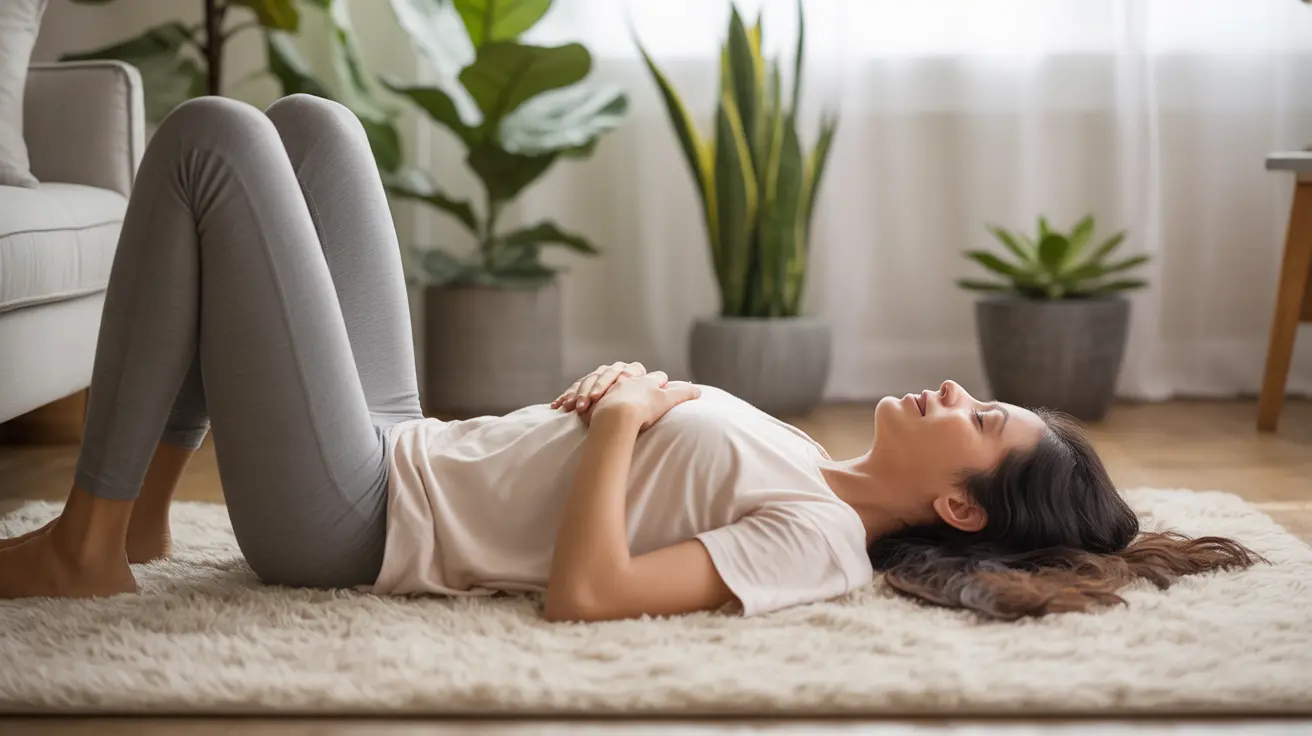Breathing is something we do automatically, yet many of us aren't breathing in ways that optimize our health and well-being. Learning how to breathe better can significantly impact everything from our stress levels to our physical performance and overall health. This comprehensive guide will explore essential breathing techniques and their benefits.
Whether you're dealing with stress, anxiety, respiratory conditions, or simply want to improve your breathing habits, understanding and practicing proper breathing techniques can make a remarkable difference in your daily life.
Understanding the Importance of Proper Breathing
Proper breathing engages the right muscles, particularly the diaphragm, and ensures efficient oxygen intake while promoting the release of carbon dioxide. When we breathe correctly, we support our body's natural stress response, improve our energy levels, and enhance our overall health.
Mastering Diaphragmatic Breathing
Diaphragmatic breathing, also known as belly breathing, is fundamental to proper breathing technique. This method engages your primary breathing muscle – the diaphragm – more effectively than shallow chest breathing.
How to Practice Diaphragmatic Breathing
To practice diaphragmatic breathing:
- Lie down or sit comfortably with one hand on your chest and one on your belly
- Breathe in slowly through your nose, allowing your belly to rise while your chest remains relatively still
- Exhale slowly through pursed lips, feeling your belly lower
- Repeat for 5-10 breaths, practicing several times daily
The Power of Pursed-Lip Breathing
Pursed-lip breathing is particularly beneficial for managing breathlessness and promoting relaxation. This technique helps slow down your breathing rate and release trapped air from your lungs.
Proper Pursed-Lip Breathing Technique
Follow these steps for effective pursed-lip breathing:
- Relax your neck and shoulders
- Inhale slowly through your nose for about 2 seconds
- Purse your lips as if you're going to whistle
- Exhale slowly through pursed lips for about 4 seconds
- Repeat this pattern several times
Nasal vs. Mouth Breathing
Nasal breathing offers several advantages over mouth breathing. Your nose acts as a natural filter, humidifier, and temperature regulator for the air you breathe. It also produces nitric oxide, which helps improve oxygen absorption and blood flow.
Breathing Techniques for Stress and Anxiety
Specific breathing patterns can help activate your body's relaxation response and reduce stress and anxiety levels. Box breathing and 4-7-8 breathing are particularly effective techniques for managing stress.
Box Breathing Method
Practice box breathing by:
- Inhaling for 4 counts
- Holding for 4 counts
- Exhaling for 4 counts
- Holding for 4 counts
- Repeating the cycle
Managing Respiratory Conditions
For those with respiratory conditions like asthma or COPD, proper breathing techniques are especially crucial. These methods can help manage symptoms and improve quality of life when used alongside prescribed medical treatments.
Frequently Asked Questions
1. How can I learn to breathe better using diaphragmatic (belly) breathing? Start by lying down with one hand on your chest and another on your belly. Focus on breathing so that your belly expands while your chest remains relatively still. Practice for 5-10 minutes, several times daily, until it becomes natural.
2. What are the benefits of pursed-lip breathing and how do I practice it? Pursed-lip breathing helps control breathlessness, slows your breathing rate, and reduces anxiety. To practice, inhale through your nose for 2 seconds, then exhale slowly through pursed lips for 4 seconds, as if gently blowing out a candle.
3. Why is nasal breathing better than mouth breathing for lung health? Nasal breathing filters, warms, and humidifies incoming air, produces nitric oxide for better oxygen absorption, and helps maintain proper CO2 levels in your body. It also supports better oral health and reduces the risk of respiratory infections.
4. How can improving my breathing techniques help reduce stress and anxiety? Proper breathing techniques activate your parasympathetic nervous system, reducing stress hormones and promoting relaxation. Controlled breathing helps lower heart rate, blood pressure, and muscle tension, creating a calming effect on both mind and body.
5. What breathing exercises can help manage breathlessness from conditions like asthma or COPD? Pursed-lip breathing and diaphragmatic breathing are particularly helpful for managing breathlessness. These techniques help control breathing rate, improve oxygen efficiency, and reduce the work of breathing. Always consult with healthcare providers before starting new breathing exercises with these conditions.




